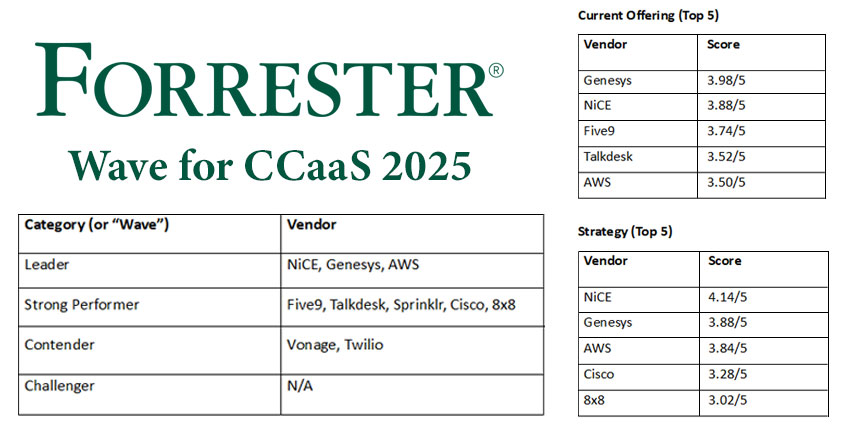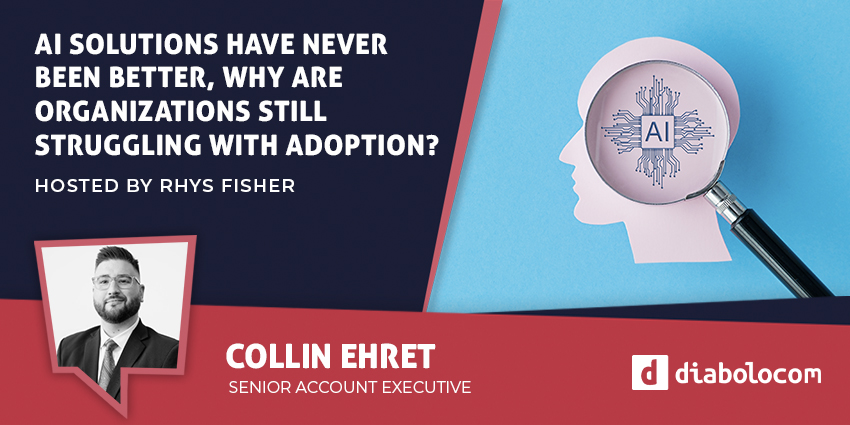There are several tasks that a contact center agent must carry out after a customer conversation.
Such tasks include: recording the customer’s intent, creating a contact summary, and completing follow-ups, such as sending a confirmation email.
All of these tasks – alongside others – happen during wrap-up time.
What Is Wrap-Up Time? Definition and Formula
Wrap-up or wrap time is the length of the interval between when a customer disconnects and the agent closes their case by indicating they’re once again available to handle other contacts.
During this interval, agents complete various ancillary tasks related to the interaction. As they’re still working on the customer’s case, handling time continues.
Therefore, wrap-up time is part of the total handling time for a customer contact.
With this in mind, operations can use the following formula to calculate average wrap-up time.
Average Wrap-Up Time = Average Handling Time – (Average Call Duration + Average Hold Time)
Finally, contact centers sometimes refer to wrap-up time as post-call processing.
What Tasks Do Agents Complete During Wrap-Up Time?
The tasks agents perform during wrap-up time are part of their after call work (ACW).
Primarily, this involves entering case information into the CRM system. Such data may include the customer’s contact reason, a conversation summary, and required follow-ups.
Alongside the follow-up, an agent must also notify the stakeholders involved.
The agent may also send a post-call NPS survey via email or SMS. If the customer has already responded to a survey, the agent can record their response in the CRM.
In their contact summary, agents should record the call outcomes, especially if it is an outbound call with a specific target, such as sales, follow-up, or information gathering.
Finally, contact centers can create a checklist to govern wrap-up workflows, ensuring agents are comfortable in following a simple step-by-step process.
How to Optimize Wrap-Up Time
While post-call activities are important, when they drag on, so do handling times. When these increase, operational costs rise.
Moreover, they take agents away from conversing with customers, cut down wait times, and deny teams the chance to take a longer, well-deserved break between contacts.
Fortunately, there are several ways to keep wrap-up time to a minimum. Here are five of the best examples:
- Start Processing During the Call: One way to reduce the time employees spend on processes after a call is to allow them to complete some ACW activities during the conversation. For instance, an agent could note the reasons for a customer’s call during the conversation, preventing the need to enter this information later. Such a strategy can also help to promote more active listening during a call so consumers don’t repeat themselves.
- Establish Standard Operating Procedures (SOPs): After a call, employees can spend a significant amount of time simply wondering what information they need to keep track of. SOPs provide employees with clear templates to fill out and can save precious time as agents follow simple workflows. Moreover, they help employees maintain a clear view of the information they need to record while perhaps referencing why the data is helpful to the business.
- Provide Shortcuts and Codes: Slow typing speeds can add to wrap-up time, particularly when employees need to type out lengthy sentences and paragraphs. Allowing team members to use well-known shortcuts and codes instead of complex language ensures the business collects the correct information without wasting crucial time. Some tools even allow agents to use buttons to enter canned responses and information into a data field.
- Collect Data Within the IVR: An IVR system not only ensures customers route to the right agent but can also collect data before a call. Indeed, the systems can collect information about a caller’s intent, date of birth, and account number before the conversation passes to an agent.
- Automate More of the Wrap-Up Process: Automation tools are perhaps the most effective solution for minimizing contact center wrap tools. The ideal systems built into a contact center environment can automatically record calls, send information to suitable databases, and apply specific tags and data to notes. Some solutions can automatically schedule callbacks and follow-up conversations based on agent schedules. All this through speech analytics technology, which may also record automated customer sentiment insights.
These ideas can help contact centers simplify the agent experience, lower handling times, and save significant operational expenses across a large agent population.
Discover more ways to improve agent experiences by reading our article: Employee Retention: How to Keep Hold of Your Customer Care Team







